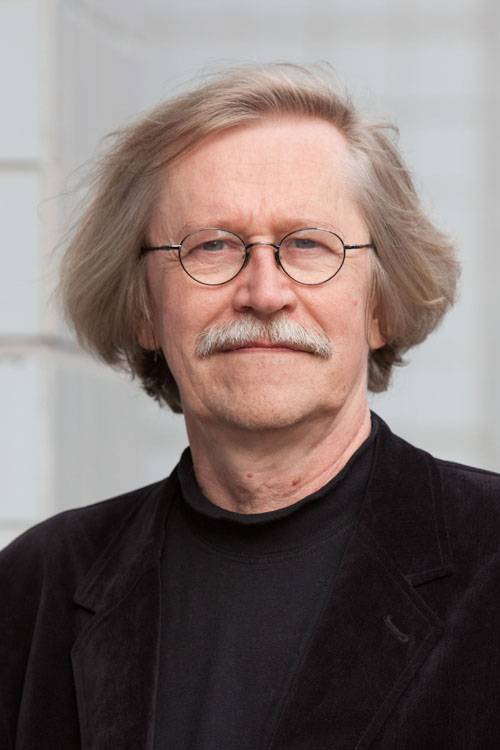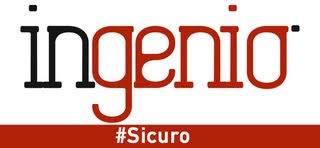Intervista a Arto Kiviniemi, Head of Design Directorate in the University of Salford - BIM
Ingenio intervista Arto Kiviniemi, Head of Design Directorate in the University of Salford, sul tema del BIM
 |
Intervista a:
Arto Kiviniemi
Professor Arto Kiviniemi, Head of Design Directorate in the University of Salford, has developed Integrated BIM in Finland and internationally since 1996. Internationally Arto’s main activities have been related to the buildingSMART, but he is also a member in the Construction Industry Council BIM Forum in UK, ASHRAE’s BIM Committee, and FIATECH’s Academic, Interoperability and European Advisory Committees. Arto has been a member of Advisory Committees of CIFE at Stanford University 1999-2005 and the Chairman of Salford Centre for Research and Innovation 2002-2009. He has presented over 90 keynote and invited lectures in international events since 1996. In March 2009 Arto received FIATECH CETI Outstanding Researcher 2008 Award for his international merits in developing integrated BIM.
Professor Kiviniemi, what does BIM do BETTER THAN THE TRADITIONAL DESIGN SYSTEMS…
The traditional design systems are based on documents; 2D drawings, schedules, specifications, etc. This creates two fundamental problems: 1) The complete information of any building component is scattered in several documents. Any change must be updated in all of them, there are a lot of changes in the process and the end result of this is that the design documents are not coherent. 2) Modern buildings are complex 3D products and coordinating the different design disciplines is using 2D drawings is very difficult and time consuming. Both these problems lead to mistakes and change orders, i.e. additional costs, and as we all know budget overrun is very typical for the construction industry. BIM provides a solution to both problems when used correctly. Any change in the model is automatically reflected in all documents generated from the model, which leads to coherent documents. Merging the different domain models - architectural, structural, mechanical, etc.- improves coordination. We can find the clashes easily, both visually and using automated clash detection which is available in several software products. Even checking the correctness of the content of the models - "spell checking for models" - is possible when using certain software, like Solibri Model Checker.
What BIM is and what it is not?
We can define BIM in several ways: 1) Building Information Model, i.e. a digital representation of a building to facilitate exchange and interoperability of information in digital format. 2) Building Information Modelling i.e. the process of generating and managing building data during its life cycle. 3) Building Information Management, i.e. the process of creating, using and maintaining digital information for the integrated design, construction, operations and maintenance of buildings. To me the last one is the best way to approach BIM. Managing the information is the key issue. In addition, BIM is not about buildings only, so maybe we should actually speak about AIM - Asset Information Management - to cover clearly also the infrastructures.
What ever is our definition, BIM is neither a shrink-wrap software package you can buy, nor a magic solution to the problems of our industry. As said above, the benefits require correct use of models. If we use models just to produce drawings, but do not change our working processes or collaboration methods, we gain only little of the potential benefits. BIM is a fundamental process change, an efficient communication media, a technology enabling improved integration, collaboration and management of information and making virtual prototyping of buildings financially feasible. However, it is only an enabler, most benefits require also changes in the processes and business models.
Per leggere il resto dell'intervista SCARICA TUTTO L'ARTICOLO
